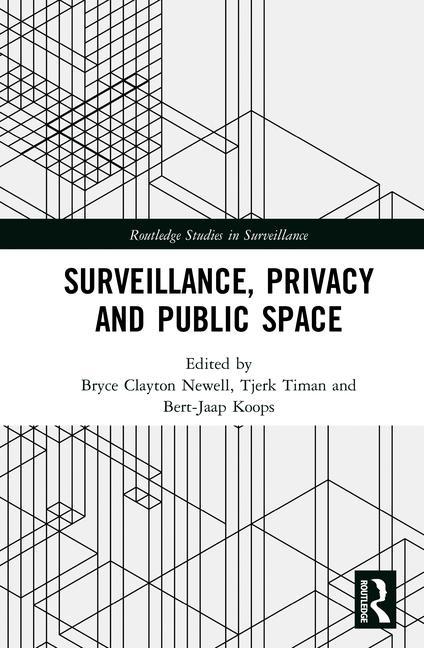
|
| Panelists Steve Van Til of Brivo Systems, Fredrik Nilsson of Axis Communications, Donald Zoufal of SDI and Jay Hauhn of Tyco Integrated Security at yesterday’s Signature Series session, “The Great Debate 2014: Use it or Lose it! |
Big data and privacy: two great tastes that taste great together? The answer to that
question seemed to be the most discussed theme of yesterday morning’s SIA Education@ISC Signature Series Session “The Great Debate 2014: Use it or Lose It!”
The session lived up to its name as panelists Steve Van Til of Brivo Systems, Fredrik Nilsson of Axis Communications, Donald Zoufal of SDI (System Development Integration) and Jay Hauhn of Tyco Integrated Security did engage in respectful debate on some of the top technologies and trends in the industry.
The discussion kicked off with the topic of crowdsourcing video surveillance, with the response to last year’s Boston Marathon bombing providing context. Van Til suggested the role of crowdsourcing could increase in terms of security.
“With the Boston Marathon, it was done by exception. It wasn’t planned ahead of time. It could become part of the fabric of how we do security and be there before an event, not just after,” Van Til said.
This led into a discussion on big data, the definition of which Nilsson said is murky.
“Big data is something everybody talks about, but everybody has a different idea of what it means,” he said. Hauhn was the first to bring up the need to balance operational efficiencies against the privacy concerns that come not from the video itself but from the attendant data that’s stored. In the case of the Boston Marathon bombing, video from surveillance cameras, ATMs and smartphones combined to provide forensic evidence that eventually led to the identification of the suspects.
“The more data you have, the better it is,” Hauhn said.
What’s done with that data, Zoufal said, is the big question in terms of privacy and balancing what’s considered public – whether that’s video recorded in public spaces or posting something on the public internet – and what’s considered private.
“Now video is utilized and harnessed for all sorts of things. That changes the nature of video surveillance in terms of keeping video for a long time,” he said, adding that that notion can make people skittish.
“In terms of filming people as they’re walking down the street, that’s a dead issue. It’s not about where cameras are or how many cameras there are; it’s about the data and how long you can keep that data,” Zoufal said. “If you have a large amount of data compiled, and you use it with analytics, that makes people uncomfortable.”
The Boston Marathon showed people the benefits of video surveillance, but data hasn’t had that “aha moment” yet. If and when that happens, the privacy conversation will take a new turn, Nilsson said.
“With data privacy, people haven’t seen the benefits of that,” he said.
Privacy concerns are, for the most part, split along generational lines, Hauhn said.
“We have an increasing understanding of where people have a right to privacy,” Hauhn said.
“Ninety percent of the people in this room have privacy concerns. The younger generation doesn’t have the concerns most of us do. Just look at what they post on Facebook.”
One of the problems is that privacy expectations can change based on the situation, Van Til said.
“Is there a sense that the public wants to have their cake and eat it too? When something happens, they say, ‘They had all the data, so they should have known.’ But at the same time they want privacy,” he said.
On the topic of new players, such as cable providers and telcos, entering the security industry, Hauhn emphasized the positives of that development.
“Everyone is so concerned about new entrants in the industry, but it will probably be better and drive innovation and change the way things are done for the betterment of end users,” he said. “Door control is a 100-year-old technology and motion detection is a 40-yearold technology.
“I tell my people to stop thinking like a security guy of 40 years ago and start thinking like Nest,” he added, referencing the company that makes smart thermostats and smoke detectors.
The issue of BYOD (bring your own device) divided the panel, with Zoufal saying he’s no fan of the concept.
“With BYOD, you don’t own the devices anymore. Now your information is on those devices and those private networks,” he said. “There’s convenience and advantages to it but there’s also a huge amount of legal risk.”
Van Til had a different take.
“Rather than resist or shy away from BYOD, we should run toward it and embrace it,” he said. BYOC (bring your own credentials), he added, is a great way to eliminate “card fatigue” by allowing people to use their NFC-equipped phones to gain entry to locations.
All these connected devices require management, but that management has to be simplified, Nilsson said. For example, if people have 10 internet-connected devices, they don’t want 10 apps to manage those. One or two is better, he said.
“They also have to be secure. Nothing can be 100 percent secure. The only way to be 100 percent secure is to disconnect from the Internet,” Nilsson said, adding that at the moment, they’re “secure enough.”
In any case, the industry has to be careful to balance the proliferation of connected devices and the functionality they allow with privacy, Zoufal said.
“We have to do it in a careful way or somebody’s going to take our toys away,” Zoufal said, later adding, “If we don’t self-regulate, somebody will do it for us.”









